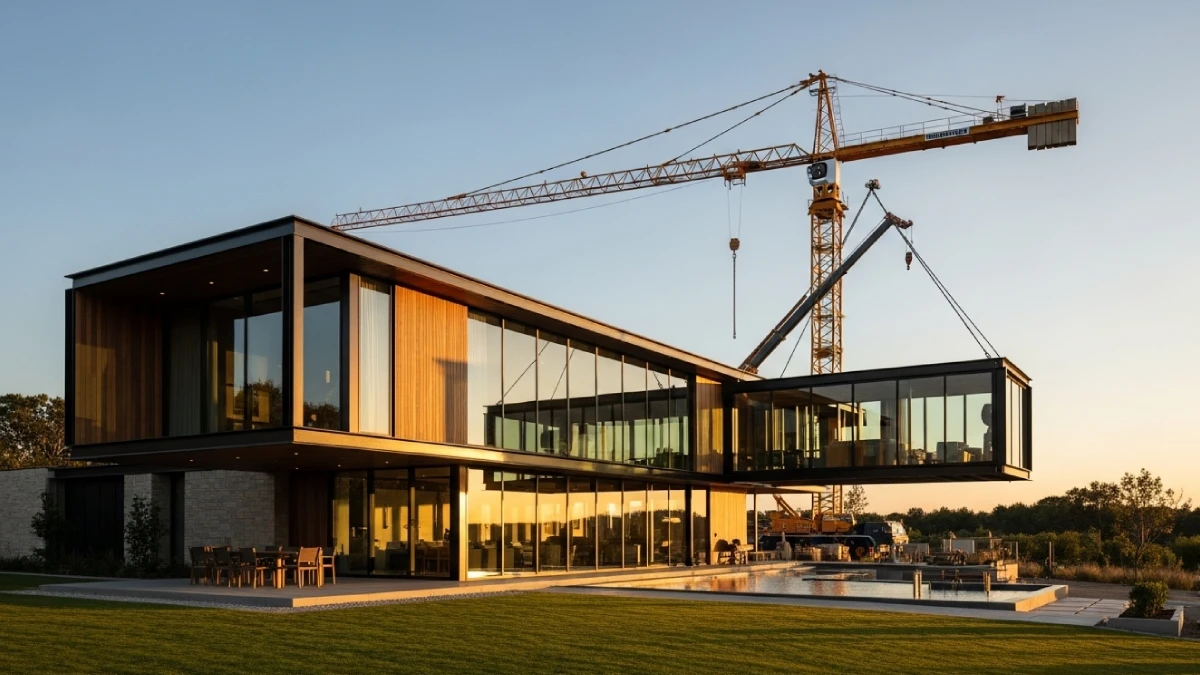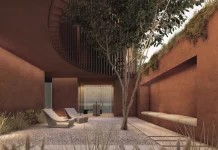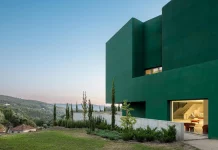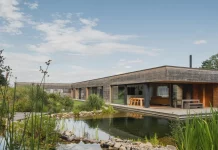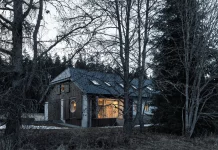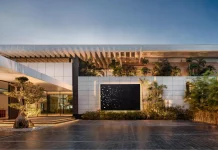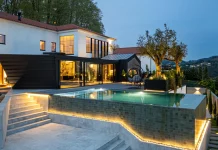The way we build our world is changing in a big way, but not where you might think. This shift isn’t happening on a loud, dusty construction site, but quietly, inside the clean and controlled space of a factory. The force behind this shift is modular architecture, a construction method set to redefine our buildings and cities. This is not a fleeting trend. It is a vital response to the growing demand for faster, more sustainable, and higher-quality buildings. Forget the image of cookie-cutter boxes; this is about intelligent, efficient, and remarkably flexible design.
The need for modular architecture has never been greater. The construction industry faces immense pressure from skilled labor shortages, escalating material costs, and an urgent call for sustainable practices. Modular construction presents a compelling solution. It directly confronts these challenges by moving a significant portion of the building process off-site. This strategic shift enables parallel work streams; foundations can be prepared on-site while modules are fabricated simultaneously in a factory, significantly cutting down project timelines.
What Exactly Is Modular Architecture?
At its heart, modular architecture is a process where a building is constructed in separate sections, or modules, within a factory setting. These completed modules are then transported to the final location for assembly. Imagine them as highly sophisticated, life-sized building blocks. Each one is a self-contained unit that, when combined with others, forms a complete and functional structure.
Beyond the Buzzword: Key Characteristics
To truly appreciate the concept, one must understand its core principles:
- Functional Partitioning: The entire building is broken down into distinct parts, or modules, where each serves a specific function.
- Standardized Interfaces: These modules are engineered to connect perfectly through precisely designed, standard interfaces. This ensures that any future changes or upgrades to one module will not disrupt the whole system.
- Interchangeable Components: The design philosophy allows modules to be swapped out or upgraded over time, offering incredible long-term adaptability.
Prefabrication vs. Modular: Clearing the Confusion
People often use the terms “prefabrication” and “modular” as if they were the same, but a key distinction exists. Prefabrication is a broad category that includes any building component made in a factory before being transported to a site. Modular construction is a specific type of prefabrication. It involves creating entire volumetric sections of a building off-site. Therefore, all modular buildings are prefabricated, but not all prefabricated elements create a modular building.
The Compelling ‘Why’ Behind the Modular Shift
Why is this method gaining so much momentum right now? The advantages are numerous, addressing some of the most persistent challenges in traditional construction.
Speed and Efficiency: Building in the Fast Lane
One of the most celebrated benefits is speed. Modular projects can often be completed up to 50% faster than their traditional counterparts. This remarkable acceleration is possible because site preparation and module fabrication happen at the same time. Furthermore, factory work eliminates the weather-related delays that so often plague on-site projects. For developers and businesses, this translates to a much faster return on investment.
Quality Control in a Controlled Environment
Manufacturing building modules in a factory setting allows for a level of quality control that is nearly impossible to achieve on an open construction site. Each module is built under strict supervision, leading to greater precision and product consistency. Materials are protected from weather and potential theft, and the indoor environment ensures that higher building standards are consistently met.
Sustainability: A Greener Way to Build
Modular construction is an inherently more sustainable practice. The factory-based process dramatically reduces material waste, in some cases by up to 90%. Any excess materials can be efficiently sorted and recycled for other projects. This method also results in a smaller carbon footprint. Moreover, many modular buildings are designed for disassembly, meaning they can be relocated and reused, which further minimizes their environmental impact over their lifespan.
What are the benefits of modular architecture for cost-effectiveness?
While the initial cost is not always lower, modular construction can lead to substantial long-term savings. These savings primarily come from reduced labor costs due to shorter construction schedules and minimized material waste. The predictability of the factory process also helps in keeping projects on budget, a significant advantage over traditional projects that are often subject to cost overruns.
The ‘How’: Deconstructing the Modular Process
Understanding the journey from a digital concept to a finished building reveals the logic and elegance of modular architecture.
From Digital Design to Factory Floor
The process starts with meticulous planning and design, frequently using Building Information Modeling (BIM). BIM software creates a detailed 3D model of the project, which allows architects, engineers, and fabricators to coordinate with extreme precision before any physical work starts. This digital blueprint then guides the automated manufacturing process, ensuring unparalleled accuracy and efficiency.
The Assembly Line for Buildings
Inside the factory, modules are constructed on an assembly line, much like cars or electronics. This controlled environment allows for specialized labor and machinery to perform repetitive tasks with high precision. Complex systems like electrical wiring, plumbing, and even interior finishes are installed at this stage.
On-Site Assembly: The Final Piece of the Puzzle
Once the modules are complete, they are carefully wrapped and transported to the construction site. There, a crane lifts them into place, and they are connected. This assembly phase is incredibly fast, often taking only a few days or weeks to complete. The final steps involve connecting the building to utilities and finishing any exterior cladding or landscaping.
Pushing the Boundaries: Innovative Modular Architecture in Action
Modular architecture is no longer confined to single-family homes or temporary classrooms. Its application is rapidly expanding into diverse sectors, including healthcare, education, and hospitality. We are now witnessing the development of modular skyscrapers and complex multi-story structures, pushing the vertical limits of this technology. From affordable housing projects to cutting-edge medical clinics, modular design is proving its versatility and impact across the globe.
A Critical Look: The Challenges and Future of Modular Architecture
Despite its clear advantages, modular architecture still faces some obstacles on its path to widespread adoption.
Navigating the Hurdles
Transportation and logistics can be a significant challenge, especially for oversized modules that must travel on public roads. There can also be difficulties with local building codes and inspection processes, which are often structured around traditional construction methods. Overcoming the outdated public perception and stigma sometimes associated with “prefab” housing also remains a necessary step.
What’s Next for Modular Construction?
The future of modular architecture looks incredibly bright. We are seeing a deeper integration of smart technologies, with features like AI-driven design optimization and IoT sensors becoming more common. The use of innovative and sustainable materials, such as cross-laminated timber, is also on the rise. As technology continues to advance and the industry moves toward greater standardization, we can expect to see even more ambitious and inspiring modular projects emerge, truly reshaping our built environment for the better.
Browse WE AND THE COLOR’s Architecture category for more.
Subscribe to our newsletter!

